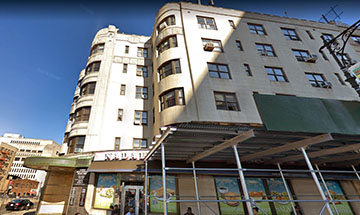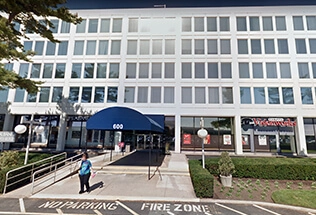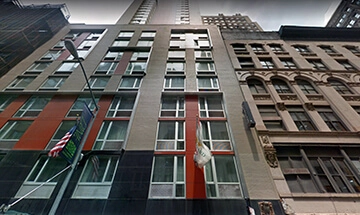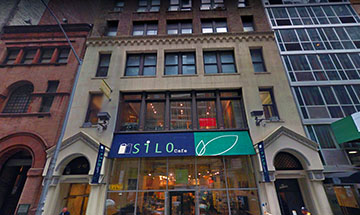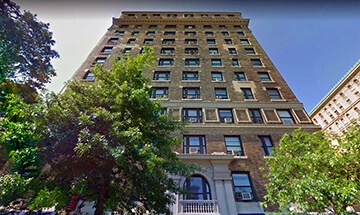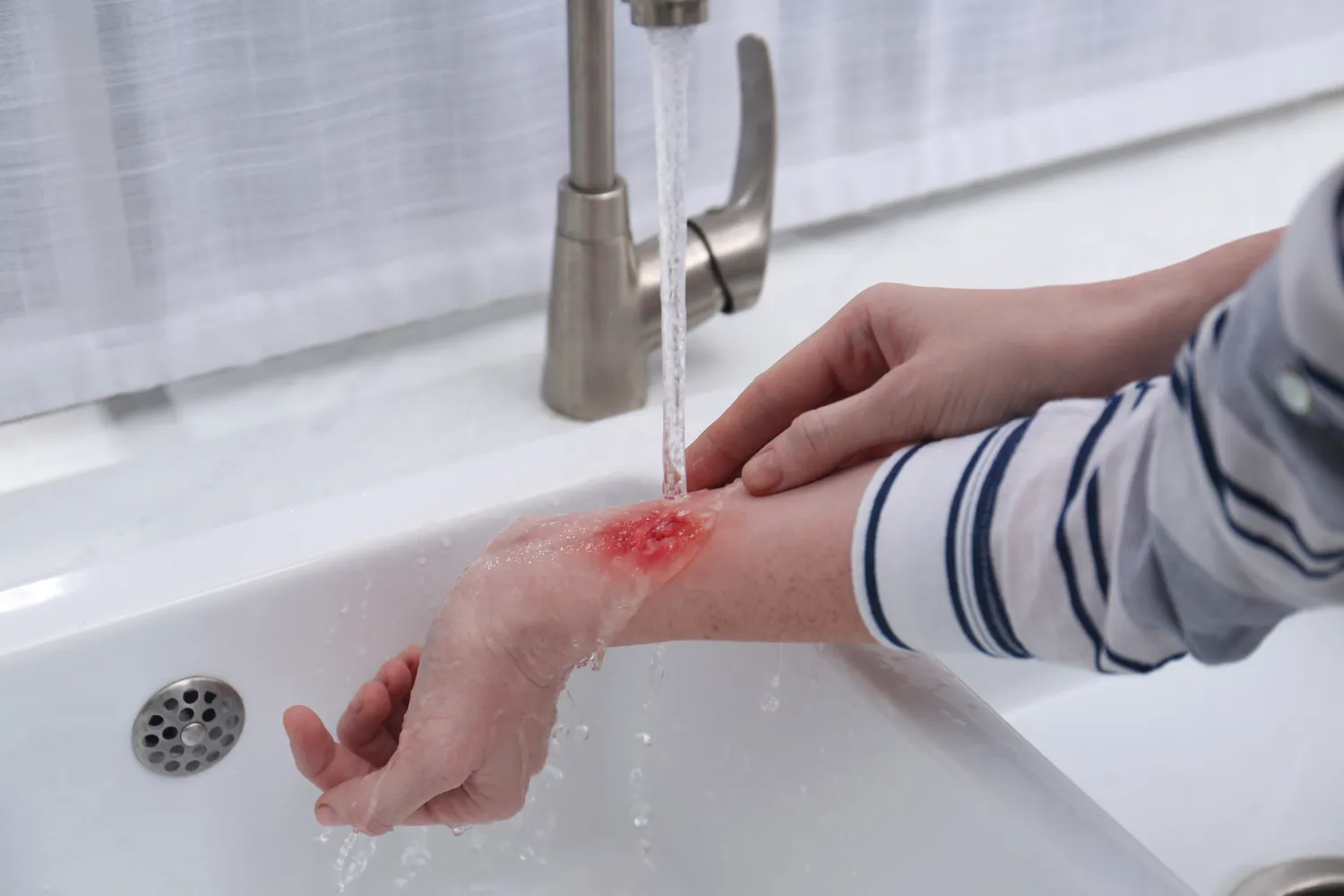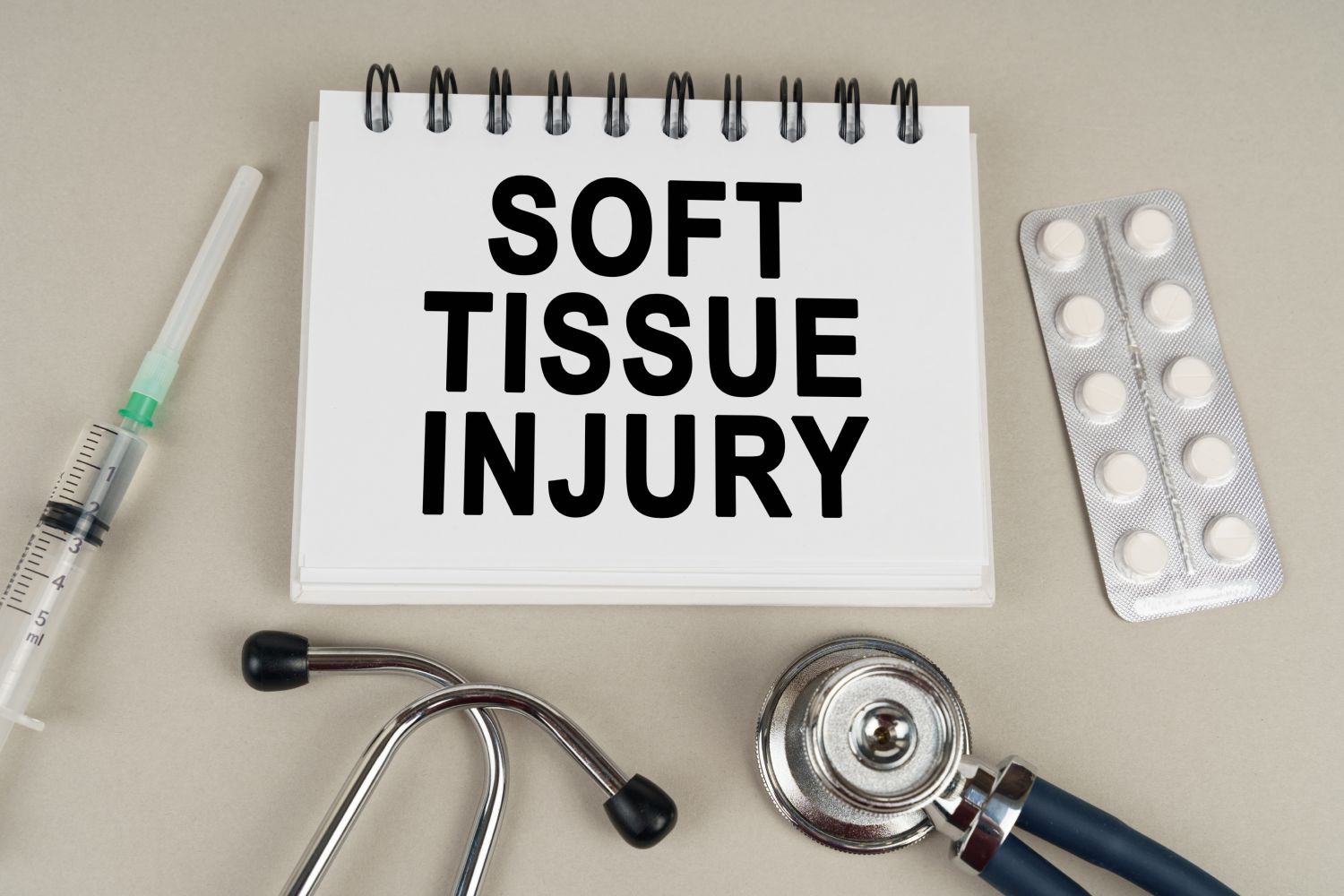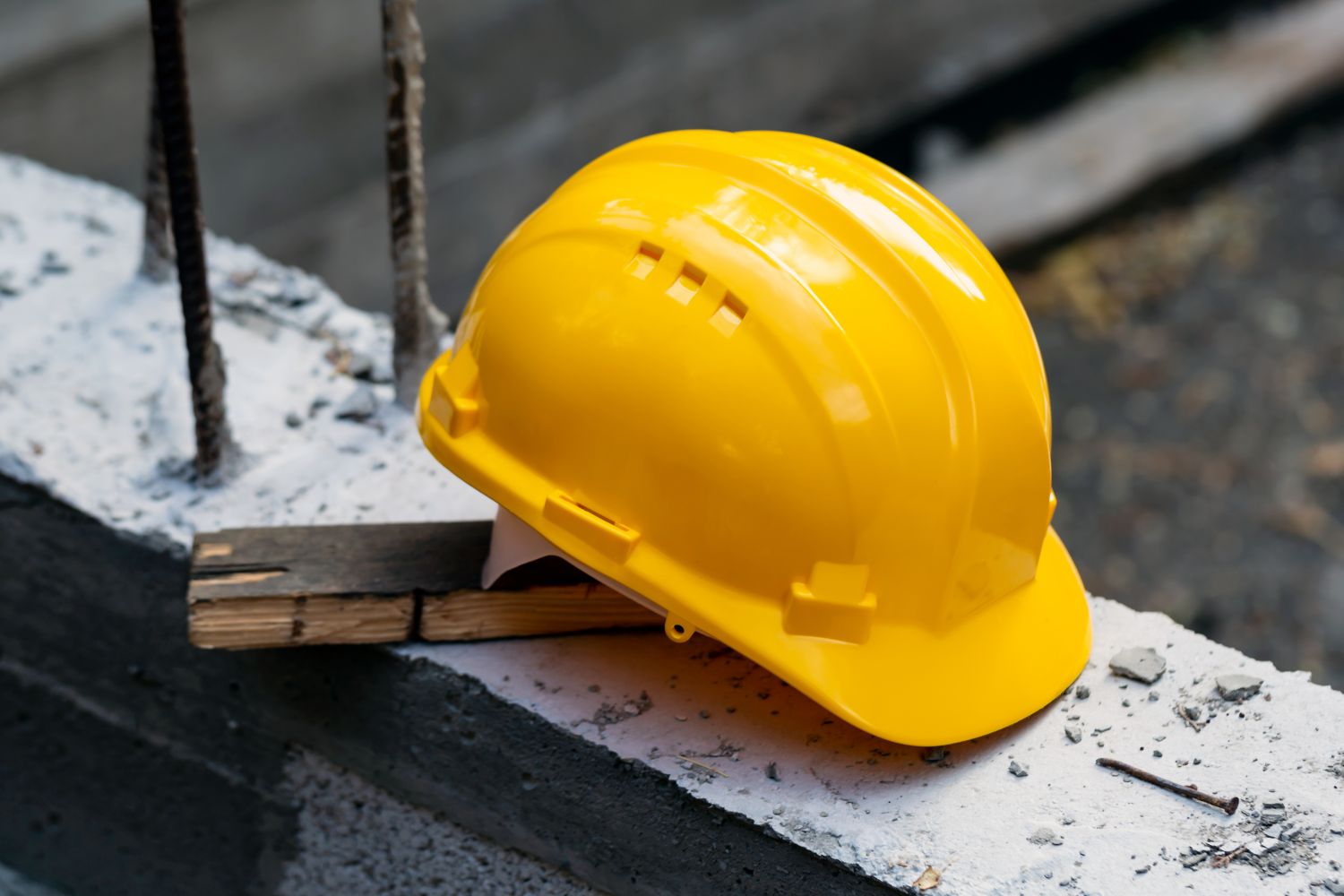It’s easy to confuse the different levels of burns. A mild sunburn is a burn, but so is the kind of devastating damage that might happen in a serious construction site accident.
As you can imagine, there’s a range of burns, with some being comparatively minor while others are far more serious. For this reason, it’s important to understand the different types of burns and which is the worst degree of burn, as the wrong treatment can make a bad situation much worse. In this way, some practical knowledge may well make all the difference between a few days of discomfort and a long, difficult road to recovery.
If you or a loved one has been burned or otherwise injured on the job, such as in a construction accident, getting the right legal help is crucial. The experienced New York construction accident attorneys at Schwartzapfel Lawyers are here for you. Call us now at 516-342-2200 or visit us online to schedule your free consultation!
Burn Classifications: What Do They All Mean?
Doctors classify burns in terms of “degrees.” Degrees in this context refer to the depth of damage to the layers of the skin. To this end, they are commonly categorized as first, second, third, and fourth-degree burns, each indicating a different level of severity, as outlined below.
First-Degree Burns
These are the most superficial type of burned skin, affecting only the epidermis — your outer layer of skin. Think of that classic sunburn: red, maybe a bit swollen, and possibly painful. While unpleasant, these usually heal without long-term problems.
Second-Degree Burns
Second-degree burns are more serious. These go beyond the epidermis, reaching into the dermis, which is the layer underneath. You’ll see redness, swelling, and telltale blisters. At this degree, the pain can be intense. Second-degree burns need careful medical attention to prevent infections and scarring.
Third-Degree Burns
Third-degree burns destroy both the epidermis and the dermis, potentially going deeper. The affected area might look white, charred, or leathery. Oddly enough, the pain might be less severe here because nerve endings have been damaged. Third-degree burns often need intensive medical care, including skin grafts.
Fourth-Degree Burns
Fourth-degree burns represent the most serious burns. The damage goes even deeper, possibly affecting muscle, tendons, and even bone.
As with third-degree burns, the damaged nerves might lead to reduced pain sensation in the burned area. Fourth-degree burns are extensive medical emergencies that can be life-threatening.
Understanding Skin Layers Is Key
The skin, though often underestimated, is a remarkable organ. As such, gaining insight into the various layers involved is essential for comprehending the severity of burns. For instance, consider:
- Epidermis: This outermost layer is your body’s first line of defense, a shield against the world.
- Dermis: This thicker layer is where sweat glands, hair follicles, blood vessels, and those super-important nerve endings reside.
- Subcutaneous Tissue: Beneath the dermis, this layer contains fat and connective tissue, providing insulation and cushioning for your body.
Understanding the difference between burns that just irritate the epidermis and those that damage the dermis and beyond is crucial in figuring out the right course of treatment and knowing when to seek immediate medical attention.
To learn more now, call Schwartzapfel Lawyers at 516-342-2200 or visit us online to schedule your free consultation today. Alternatively, please continue reading.
What Are The Causes Of Burns?
The world is filled with burn risks. Just think about your day-to-day life: making coffee, cooking food, and even styling your hair pose potential hazards. Regrettably, many worksites increase the risks of burns. In point of fact, some of the more prevalent contributing factors include but aren’t limited to:
Open Flames
Welding torches, cutting tools, and fires for warmth on construction sites and other workplaces can lead to devastating burns.
Scalding Liquids
Piping hot water, molten metals, and spilled containers can cause scalding incidents. These burns can be particularly nasty, covering a large area and causing deep tissue damage.
Hot Objects
Think about all the tools and materials that get scorching hot in industries like construction or automobile repair, from engines and freshly welded beams to something as seemingly innocuous as a coffee pot left on a burner. A simple touch can cause painful, lasting burns.
Electrical Accidents
Faulty wiring, downed power lines, and exposed equipment are common workplace electrical hazards. Electrical burns are different from many other causes of burns. They often cause damage beneath the skin that might not be immediately apparent, making prompt medical evaluation essential.
Chemical Exposure
Powerful cleaners, solvents, acids, and a host of other chemicals are often found in the cleaning industry and beyond. Mishandling any of these can result in severe chemical burns with unique treatment needs.
Friction Burns
Ever gotten a nasty rug burn as a kid? That’s one of the most relatable descriptions of friction burns. In more “adult” environments like work or driving, the degree of friction burns is amplified. Think about the kind of damage that can occur from falling on rough surfaces or having equipment dragged across your skin.
Sunburn
Prolonged sun exposure is a serious issue for many types of outdoor workers. Repeated sunburns increase the risk of skin cancer, so it’s important to take precautions even if the burn itself seems minor.
The unfortunate truth is that burns happen all too frequently on worksites, even those severe enough to be life-changing. Workers are often handling dangerous materials, operating powerful equipment, and working in chaotic environments.
A single slip-up, equipment malfunction, or safety violation can have catastrophic consequences. You need seasoned legal counsel.
At Schwartzapfel Lawyers, our knowledgeable team will provide the guidance and support you need following a work-related injury. During your free consultation, we’ll get to know more about you and the challenges you’re facing so that we can come up with practical solutions centered on your unique needs. To get started, simply dial 516-342-2200 today!
What About Potential Complications?
Burns are more complicated than they may initially seem. To illustrate, a burn isn’t just about the pain you experience when you touch something hot; without sufficient treatment, one burn carries the potential of leading to many serious health problems, including but not limited to:
- Infection: Damaged skin becomes an easy entry point for bacteria, leaving you vulnerable to serious, sometimes life-threatening infections like sepsis.
- Scarring: Deep burns often leave lasting scars which can be both disfiguring and limit your range of motion.
- Long-Term Effects: Severe burns can cause permanent nerve damage, chronic pain, and a whole host of physical and emotional challenges.
As you know now, burn prevention is absolutely essential on worksites. That said, should a burn injury occur on-site or while in the performance of work-related duties, prompt medical attention can make all the difference in one’s long-term recovery.
When Should I Seek Medical Attention?
Determining the severity of a burn and whether it requires medical attention can be challenging. As a general guideline, however, if you’re concerned about a burn, it’s advisable to consult a healthcare professional.
To this end, you should trust your instincts and always seek qualified medical attention for any burn that:
- Extends beyond your skin’s top layer (looks blistered, swollen, or charred).
- Covers a large area of your body.
- Is located on a sensitive area like your face, hands, or feet.
- Feels unusually painful.
- Was caused by electricity or chemicals.
Remember, third-degree and fourth-degree burns are serious medical emergencies. Seek help immediately. Still, seeing a healthcare provider is essential even for less severe burns. They can clean the wound properly, prescribe the right treatment, and help prevent complications like the risk of infection or permanent scarring.
If you or a loved one has been burned on the job, the skilled attorneys at Schwartzapfel Lawyers can help. These injuries often lead to long absences from work and hefty medical bills. Moreover, you may be entitled to financial compensation to ease that burden.
Note: The sooner you call, the better your chances of getting the help you need and deserve. As such, please don’t delay and instead call us today at 516-342-2200 or reach out online for your free consultation.
What Are Common Burn Treatment Options?
To begin, you should know that the treatment for a burn depends on its severity, which can vary widely. That said, receiving appropriate care is absolutely necessary for achieving the fullest possible recovery.
For a better understanding of burn treatment, here’s an overview:
Minor Burns
For first-degree burns that don’t look too bad, some home remedies might be all you need. Cool water to soothe the pain, aloe vera to potentially help with healing, and over-the-counter painkillers (like ibuprofen) can provide relief.
Major Burns
When we’re talking second-degree, third-degree, or worse, it’s time for the professionals. Hospital care is often necessary. This might involve IV fluids to prevent dehydration, strong antibiotics to fight off infection, wound dressings, and possibly even surgery for skin grafts. These burns demand serious medical attention.
Even if you think a burn is “manageable,” seeing a healthcare provider is important. Only a trained professional can properly assess the burn’s severity, clean the affected area to minimize infection risk, and determine if any treatments are needed.
Burns can be deceptive — the damage might be greater than it looks on the surface. Getting proper medical care early can make a world of difference in terms of your recovery and reducing the risk of long-term complications.
Get The Help You Need With Schwartzapfel Lawyers
Burns can range from minor irritation to life-changing trauma. In any event, if you or a loved one has suffered a serious burn — one that’s blistered, deeply painful, or covers a large area — please don’t delay. Instead, seek proper medical attention immediately, as these injuries can lead to serious complications if left untreated.
Your future is too important to leave to chance. Don’t gamble it away by not being prepared; don’t let a burn derail your life.
If you or a loved one has been injured in a New York construction accident, the award-winning attorneys at Schwartzapfel Lawyers are here to fight for you. Call us now at 516-342-2200 or schedule your free case evaluation online today.
No matter your situation, it will be our honor and privilege to get you all the money and benefits you’re entitled to. But you shouldn’t wait, as your window to file a claim and recover financially may soon close forever. To keep that from happening, act now and call Schwartzapfel Lawyers at 516-342-2200 for a free consultation and so much more!
DISCLAIMER: Nothing on this page should be considered legal advice. You should seek the appropriate counsel your situation requires. For more information, call 516-342-2200 now!
Sources:
Schwartzapfel Lawyers, P.C. | Fighting For You
2nd-Degree Burn: What It Looks Like, Treatment & Healing | Cleveland Clinic
4th Degree Burns: What You Need to Know | Healthline
Burns – Symptoms and causes | Mayo Clinic
How to treat a first-degree, minor burn | American Academy of Dermatology

